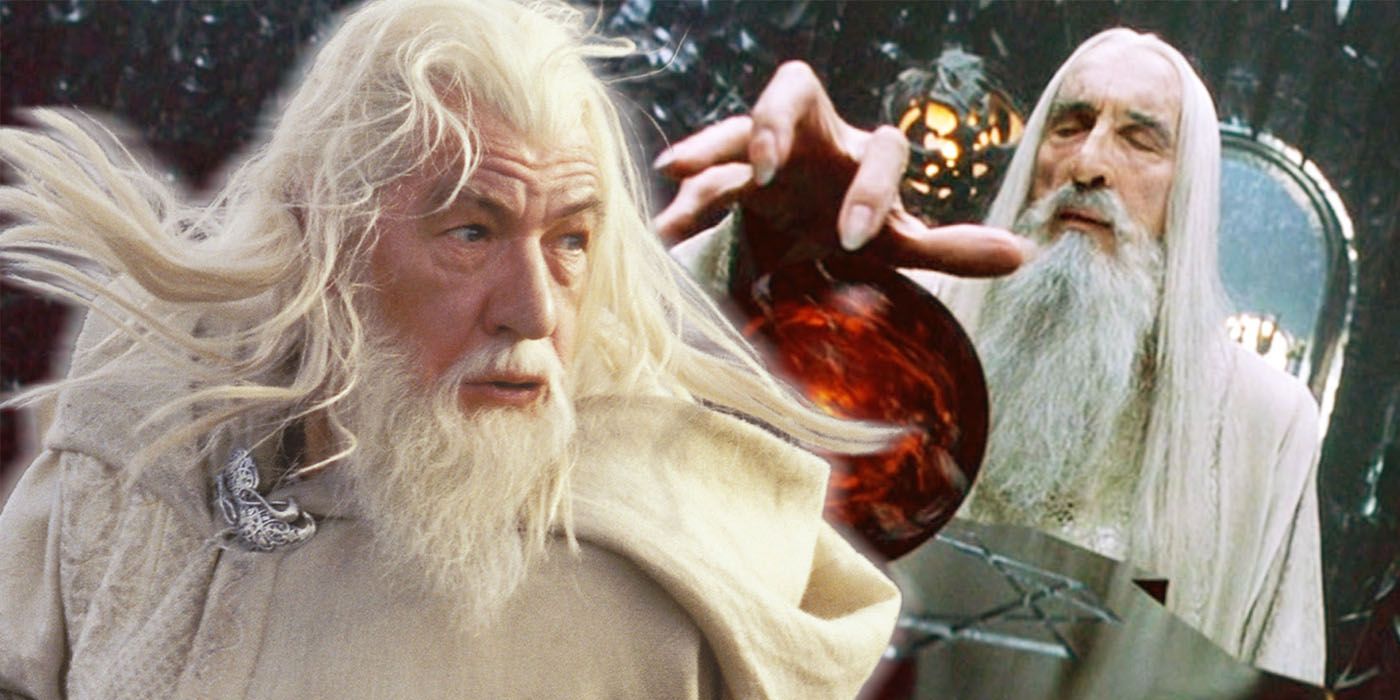
During the First Age, the Maiar came to Middle-earth to battle the Dark Lord Morgoth, and the collateral damage from their battle devastated a portion of the land. Therefore, when Sauron rose to power, they chose not to directly intervene. Instead, the Valar sent five Maiar to Middle-earth in the bodies of Men. They were the Istari or Wizards. The Wizards’ job was to guide the people of Middle-earth in the fight against Sauron, using their magical powers only subtly and when absolutely necessary. The Wizards arrived in Middle-earth around the year 1000 of the Third Age, so their bodies were roughly 2000 years old by the time of The Hobbit and The Lord of the Rings. As Maiar, their spirits were immortal, but their bodies physically aged.
The Wizards’ Appearances Changed Over Time
Wizards in Peter Jackson’s Films
Actor Name
Actor Age at Start of Filming
Gandalf
Sir Ian McKellen
60 (The Lord of the Rings), 72 (The Hobbit)
Saruman
Sir Christopher Lee
77 (The Lord of the Rings), 89 (The Hobbit)
Radagast
Sylvester McCoy
68 (The Hobbit)
Based on Tolkien’s descriptions, Gandalf looked essentially the same in The Lord of the Rings as he did in The Hobbit; both novels stated that he was an old man with a long beard and extremely bushy eyebrows. Likewise, in Peter Jackson‘s film adaptations, Gandalf’s appearance was nearly identical in both trilogies. He therefore must have aged little, if at all, over the 77 years that passed between the end of Bilbo‘s adventure and the start of Frodo‘s. However, he did not always look like this in the novels. When the Wizards first arrived in Middle-earth, as detailed in the section “The Istari” from Unfinished Tales of Númenor and Middle-earth, Gandalf’s hair was gray and Saruman’s was black. By contrast, in The Lord of the Rings, they both had white hair, even before the former’s transformation into Gandalf the White. This proved that Wizards did show signs of physical aging, but only over very long periods.
In Appendix B of The Lord of the Rings, Tolkien clarified that the Wizards “were never young and aged only slowly.” Of course, “never young” was a rather vague statement, but judging from the descriptions of Saruman and Gandalf from Unfinished Tales, they seemed to look middle-aged. When Tolkien described the appearance of the Wizards, he often did so about their work. For example, in the same section of Unfinished Tales, he wrote, “Because of their noble spirits they did not die, and aged only by the cares and labors of many long years.” Similarly, in The Nature of Middle-earth, he described Gandalf as “white-haired and bent with care and labor.” These quotes indicated that it was mental and physical toil that caused the Wizards’ bodies to age, not the passage of time itself. Jackson’s The Hobbit trilogy supported this concept, as Radagast — who lived a simpler, more peaceful existence than Gandalf or Saruman — appeared younger than the other Wizards. Unfortunately, Tolkien’s novels gave no physical descriptions of Radagast other than that he wore brown.
The Wizards Were Unlike Any Beings in Middle-earth
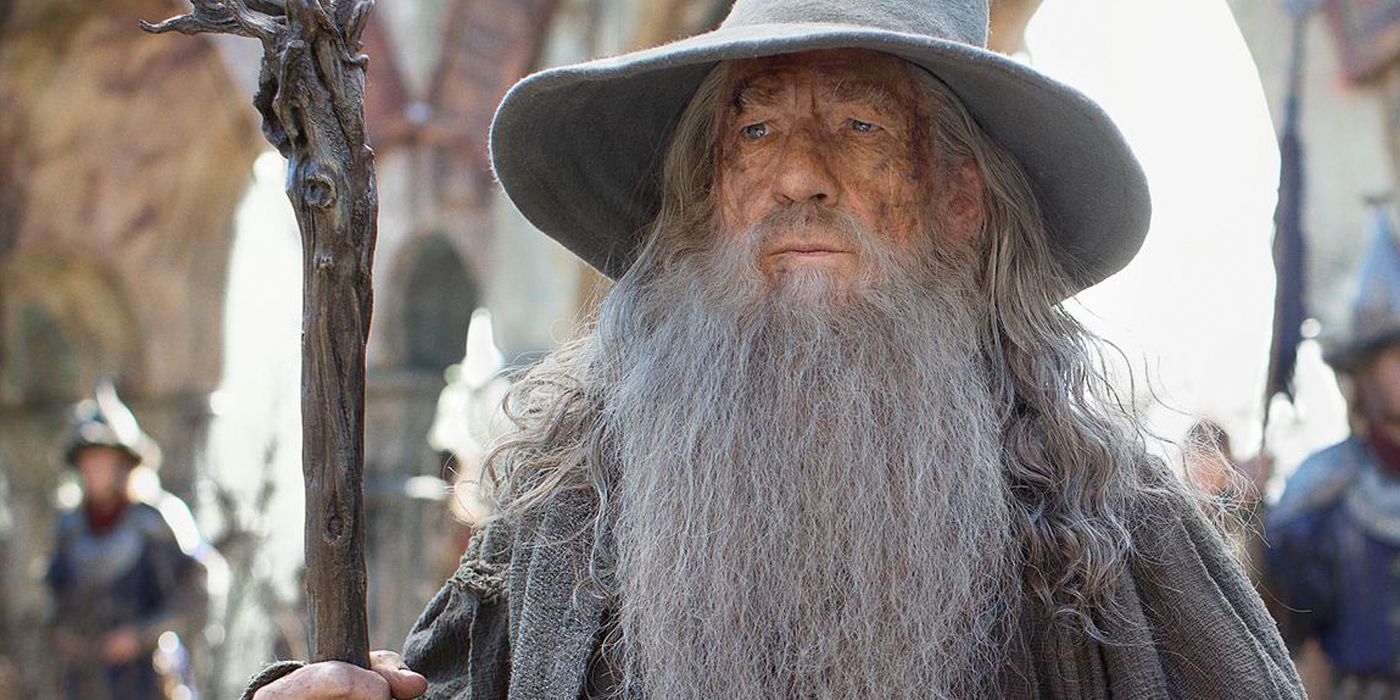
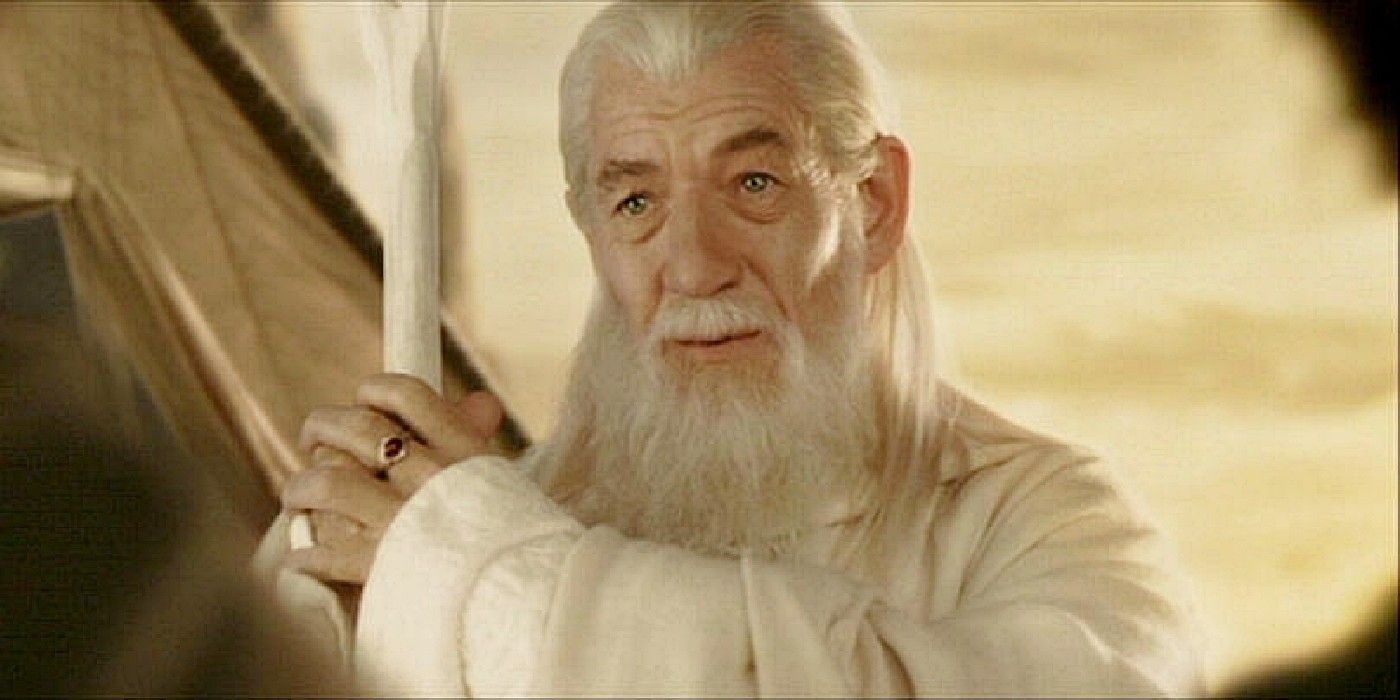
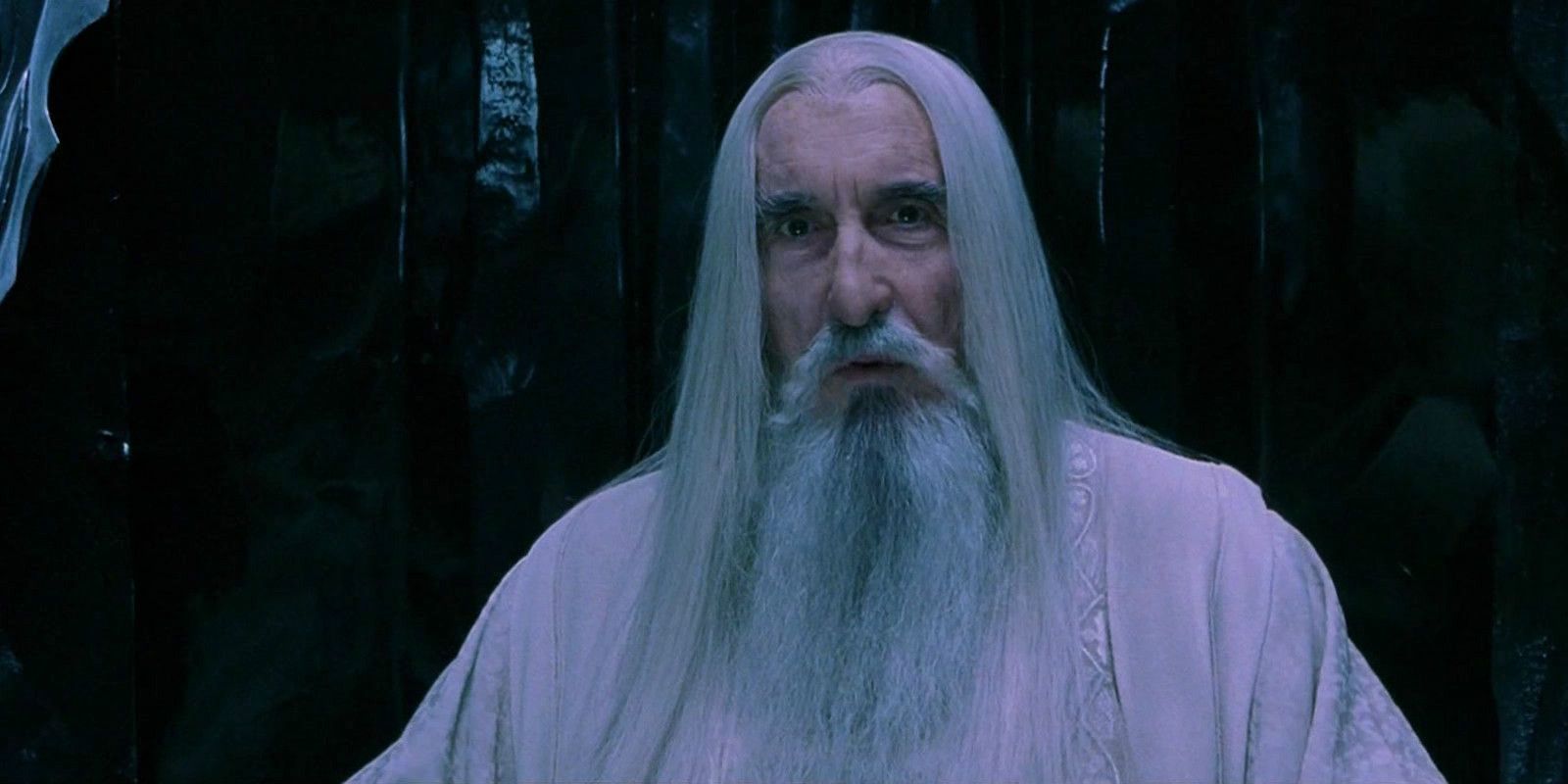
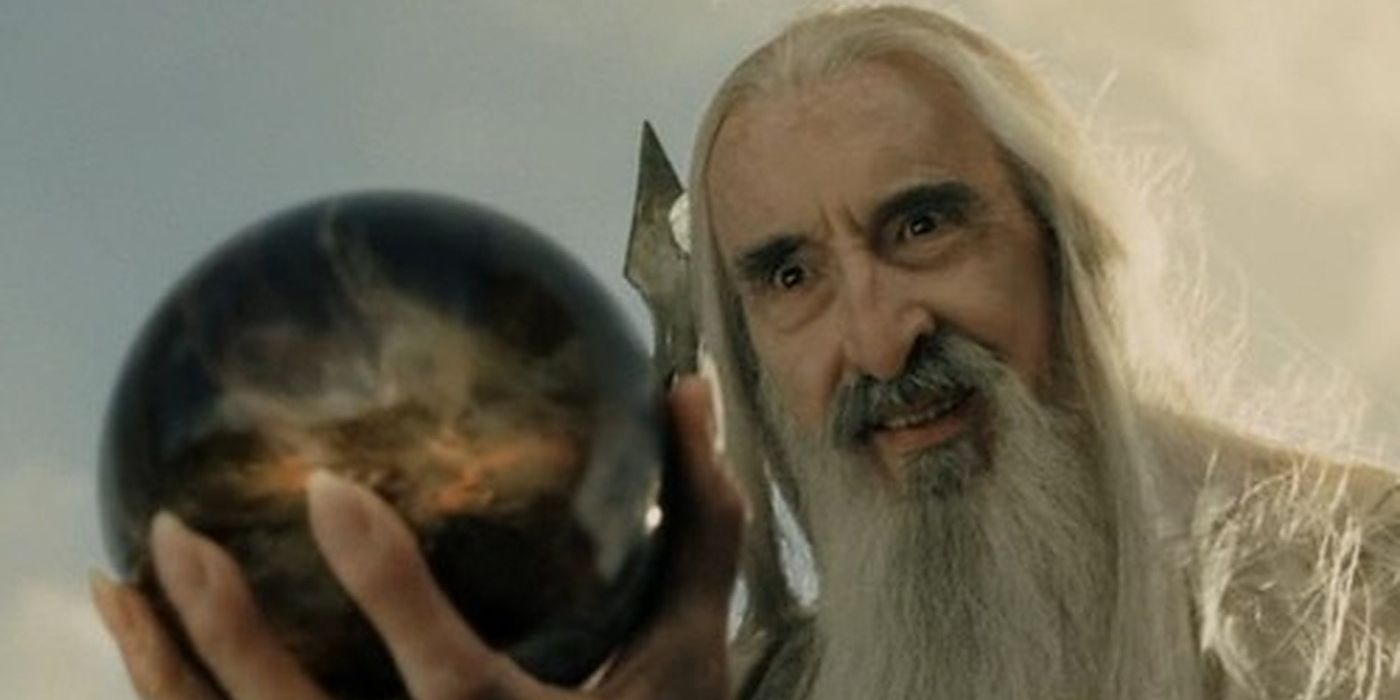
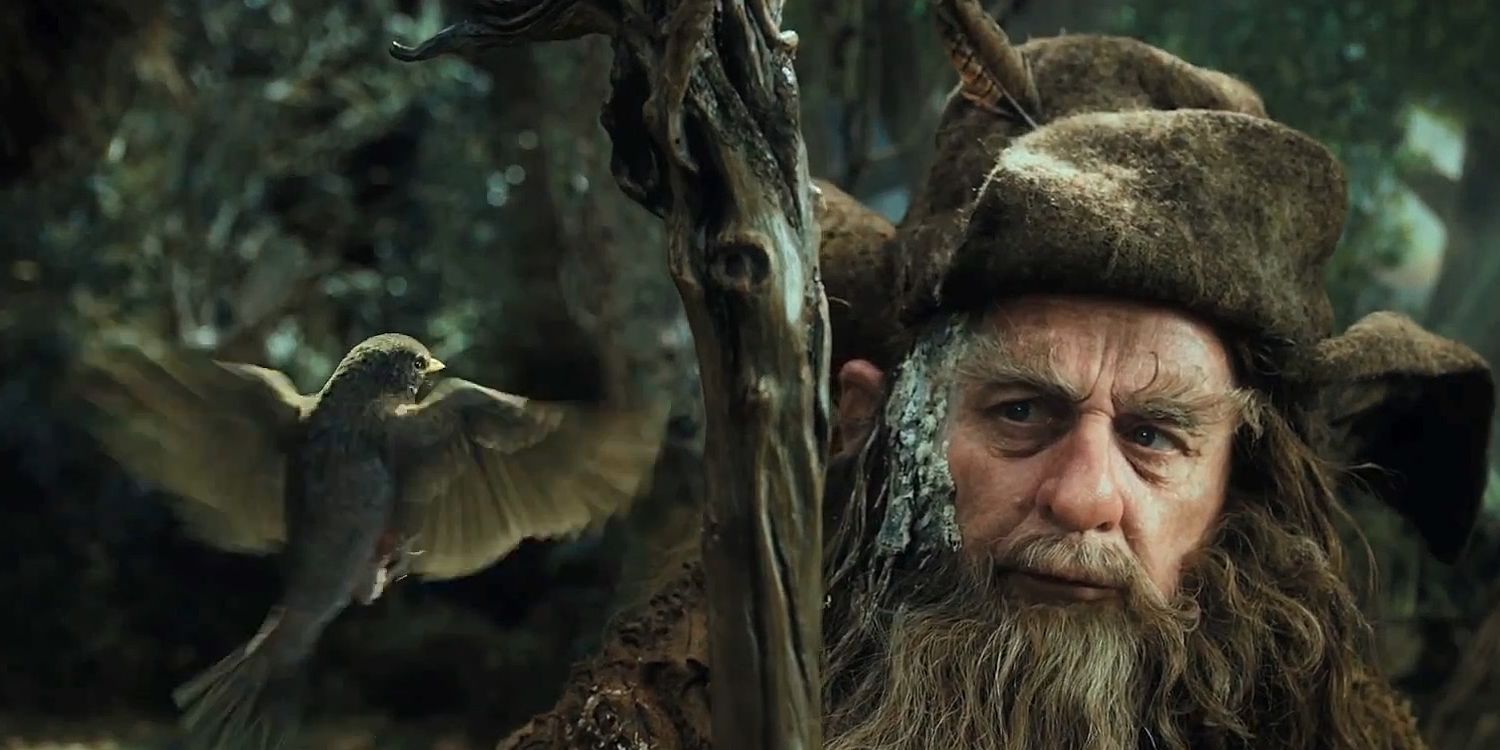
Though they were both immortal, the Wizards aged very differently than Elves. Elves began their lives as children and matured in much the same way as humans, albeit far slower. Aside from some unusual exceptions, such as the bearded Círdan the Shipwright, they stopped physically aging once they reached adulthood. This was the opposite of the Wizards, who were adults from the moment they entered Middle-earth and seemingly never stopped aging. Gandalf and Galadriel discussed this disparity in Jackson’s The Hobbit: An Unexpected Journey. She told him, “It has been a long time,” and he charmingly replied, “Age may have changed me, but not so the Lady of Lórien.”
The Wizards also aged differently than their fellow divine spirits. By default, the Maiar were invisible and intangible. They usually only assumed physical forms so that mortals could perceive them. In the section “Ainulindalë” from The Silmarillion, Tolkien compared the bodies of the Valar — and by extension, the Maiar — to clothing:
When they desire to clothe themselves the Valar take upon them forms some as of male and some as of female… But the shapes wherein the Great Ones array themselves are not at all times like to the shapes of the kings and queens of the Children of Ilúvatar; for at times they may clothe themselves in their own thought, made visible in forms of majesty and dread.
They could change their appearances at will, so they never visibly aged unless they wanted to, and even then, the changes were purely cosmetic. This was not true of the Wizards; their physical forms were very real, and so long as they remained in Middle-earth, they were stuck in their bodies.
The Wizards’ Bodies Were a Blessing and a Curse
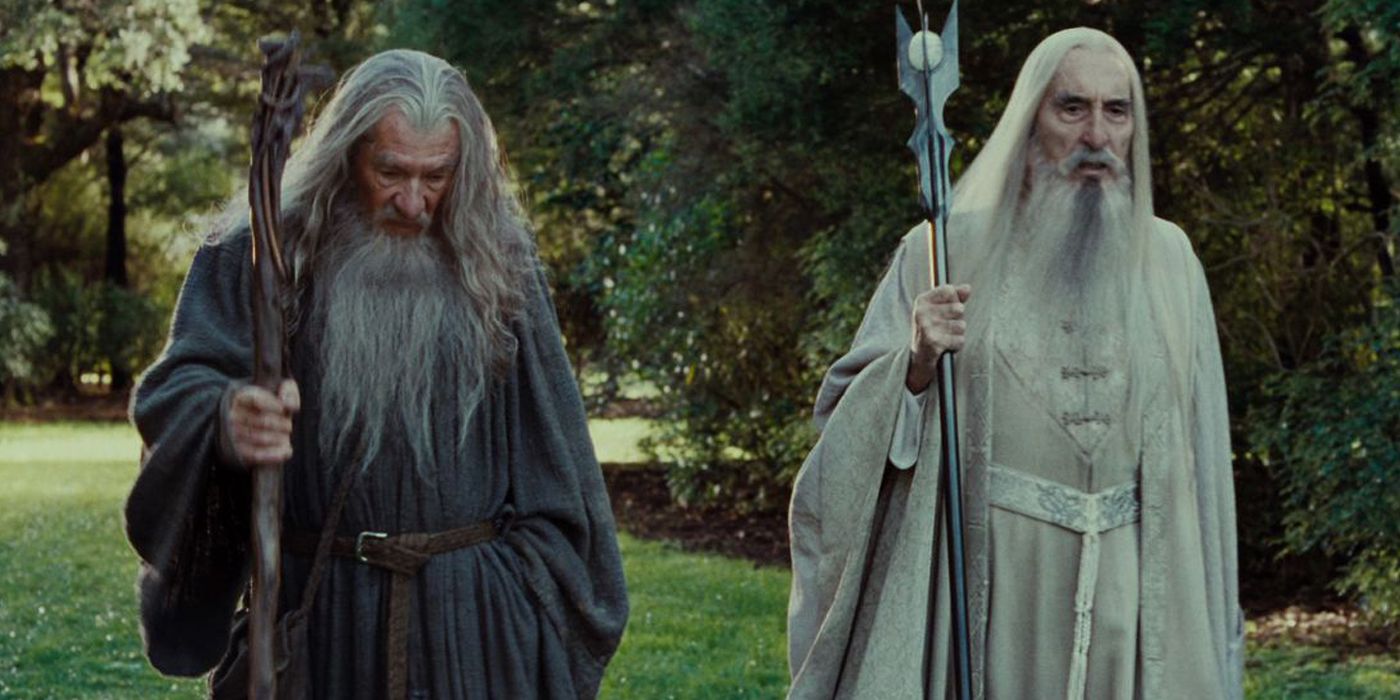
Saruman’s hair and beard were not entirely white in The Lord of the Rings; there were tinges of black near his ears and mouth.
Saruman was the first Wizard to arrive in Middle-earth, and Gandalf was the last.
According to Unfinished Tales, Gandalf was the shortest and oldest-looking Wizard.
This raised the question of why the Wizards took on the forms of elderly men specifically. The first reason was that it made them seem wise and learned. The people of Middle-earth were more likely to trust advice from those who had several decades of life experience. Additionally, it made them seem less threatening. They were able to more easily gain the trust of mortals, and their enemies often underestimated them. Gandalf used Rohirrim’s perception of him to his advantage when seeking an audience with King Théoden in The Lord of the Rings. The guards of Meduseld initially tried to take his staff, as it aided his magical abilities, but he convinced them to let him keep it by pretending that he needed it as a walking stick.
Gandalf’s ploy might not have been entirely untruthful, as his physical form did weaken him. According to The Nature of Middle-earth, the Wizards’ bodies were “corporeal and could suffer and be hurt.” Gandalf needed to eat, drink, and sleep just like a mortal, and he felt the pains that one would expect of an elderly man who engaged in rigorous physical activity. Though the Wizards’ bodies limited them in many ways, they also provided them with insight. The Maiar and Valar often struggled to empathize with or even understand the plights of Middle-earth’s inhabitants, but the Wizards knew what it was like to be mortal. This perspective was crucial to Gandalf’s successful guidance of the Fellowship throughout The Lord of the Rings. However, this perspective also made the Wizards susceptible to the flaws of mortals. By succumbing to greed and jealousy, Saruman lost sight of the very wisdom for which the Valar had chosen him, and like a mortal, he died an unceremonious death.





